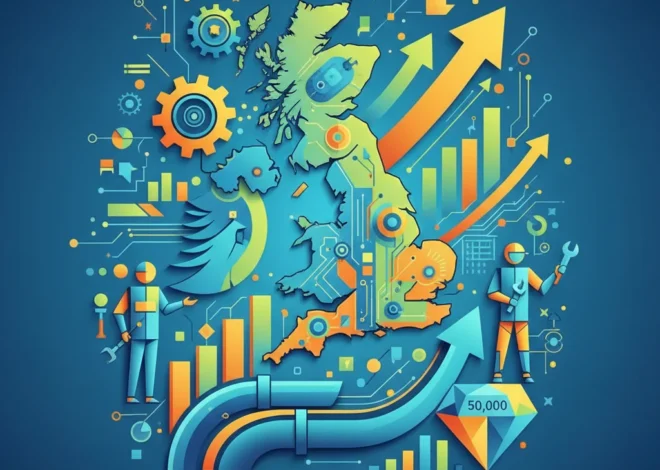
Beyond the Paycheck: When Furloughs Become Firings and Political Risk Rewrites the Rules of the Economy
In the high-stakes world of politics and finance, certain lines are rarely crossed. The government shutdown has long been a tool of political brinkmanship, a disruptive but typically temporary impasse where federal workers are furloughed—sent home without pay—until a budget agreement is reached. But during the prolonged shutdown of the Trump administration, a new, more alarming precedent was set: the transition from temporary furloughs to permanent dismissals. This move, as reported by the Financial Times, transformed a political stalemate into a direct threat to the livelihoods of hundreds of thousands of public servants, sending shockwaves through the U.S. economy and signaling a dangerous escalation in political warfare.
This wasn’t just an administrative footnote in a larger political drama. It was a fundamental shift that carries profound implications for investors, business leaders, and anyone with a stake in the stability of the American economic system. When the implicit promise of job security for public servants is broken, it erodes trust, introduces a new variable of risk into the stock market, and forces a re-evaluation of the relationship between governance and economic prosperity.
The Anatomy of a Shutdown: Understanding the Escalation
A government shutdown occurs when Congress fails to pass funding legislation, or the President refuses to sign it. This triggers the Antideficiency Act, a law that forbids federal agencies from spending money they don’t have. Consequently, the government curtails its activities and services. “Non-essential” personnel are furloughed, while “essential” staff—like air traffic controllers, military personnel, and law enforcement—continue to work, often without immediate pay.
Historically, a furlough has been a temporary, albeit painful, leave of absence. The understanding has always been that once the political impasse is resolved, employees will return to their jobs and, in most cases, receive back pay for the time they missed. However, the move to initiate dismissals shattered this long-standing convention. It weaponized the civil service, turning dedicated professionals into pawns in a battle over funding and policy. This action raised the stakes from a temporary disruption of government services to a permanent dismantling of institutional capacity.
The distinction is critical. A furlough creates financial hardship; a firing creates a permanent career and economic crisis for the individual and a “brain drain” for the government. The specialized knowledge held by federal employees—from scientists at the NIH to economists at the Bureau of Labor Statistics—is a national asset. Threatening their employment not only impacts their personal finance but also jeopardizes the continuity and quality of government itself.
The Economic Ripple Effect: From Main Street to Wall Street
The economic consequences of a prolonged shutdown, especially one involving dismissals, are far-reaching. They create a cascade of negative effects that ripple from individual households to the highest echelons of global investing.
Direct and Indirect Economic Costs
The most immediate impact is on the federal workers and contractors who lose their income. With an estimated 800,000 workers affected during the 35-day shutdown in 2018-2019, the loss of wages immediately curbed consumer spending. This


